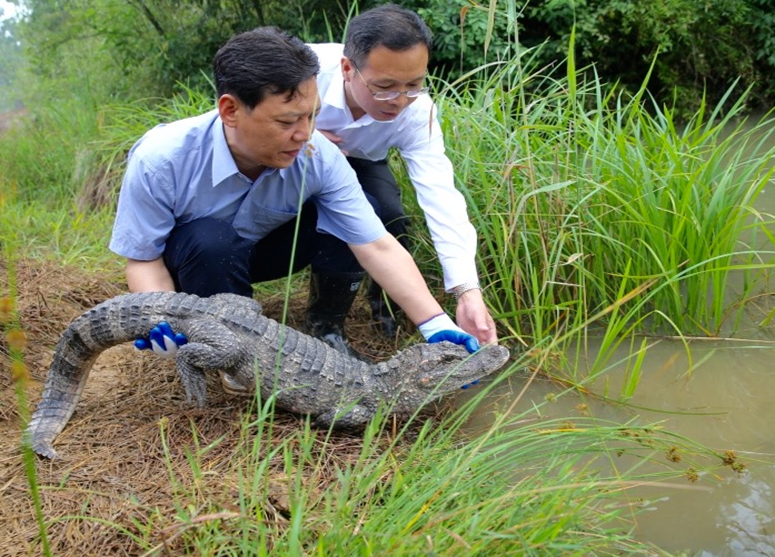After the civil war, the Liberian government made a sensible decision in giving communities control to conserve the rainforests around their villages.
Despite this exploration companies have started turning up with permits to explore. These are often dubious, but it is quite common that by the time a permit has been proved false, it is too late.
Continue reading “Liberia has huge areas of intact rainforest: some of the last in west africa. Now its under threat”





